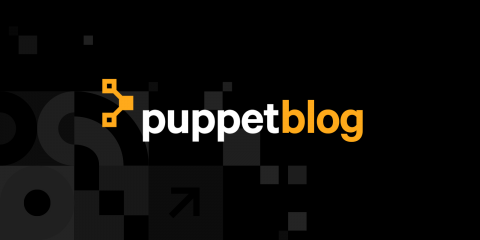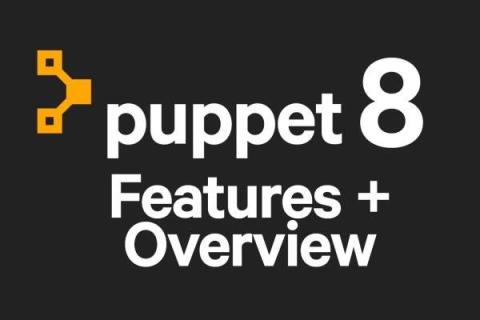MFA Configuration: How Automation Lets You Configure & Enforce MFA Compliance at Scale
You probably used multi-factor authentication (MFA) to access the device you’re using right now. Maybe your phone scanned your face or fingerprint to unlock. Maybe you got a text with a verification code while logging into your work browser profile. Configuring MFA is a go-to measure for system hardening, but MFA enforcement can get unruly, especially at the scale required by enterprise IT.









